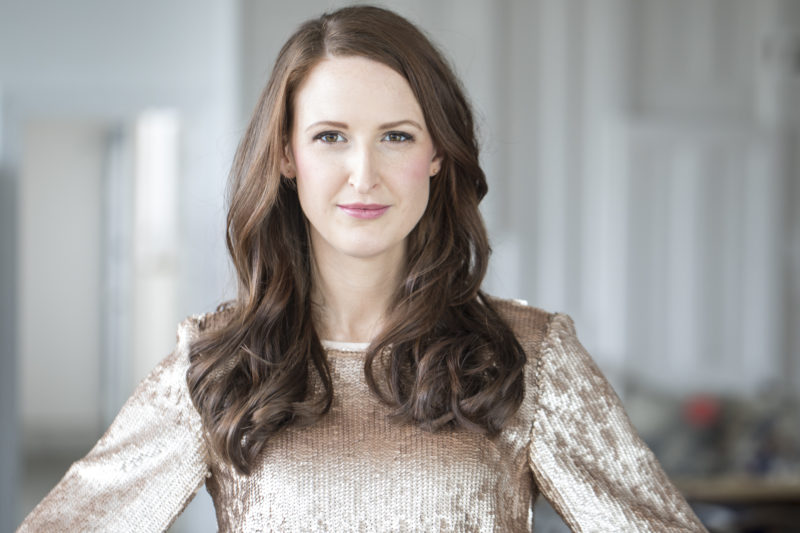The Prince Philip effect: there is such a thing as too much coverage
Pure Public Relations founder Phoebe Netto takes a look at what happens when a wall-to-wall phenomenon starts to crumble.
The recent passing of Prince Philip, Duke of Edinburgh, has dominated headlines around the globe, generating more than 2,000 pieces of news coverage in Australia alone. In the UK, the BBC was forced to create a website to deal with over 110,994 people complaining about the air time allocated to the Prince’s passing.
It just goes to show there is such a thing as too much coverage. Blanket coverage about the same piece of news used to be enough. But now, we expect more because we consume news differently. We want choice, we want variety, and we want to be surprised. Often, less is more.

Nobody likes spam
In-house comms teams and PR agencies are all too familiar with overzealous executives who view media coverage as simply ‘the more the better’. But spamming journalists with constant press releases and continuous supposedly ‘newsworthy’ interviews will often hinder rather than help your cause – especially if it means the journalist eventually stops returning your calls.
Even if you do manage to persuade journalists to publish your stories, you run the risk of readers eventually growing tired of seeing the same companies and executives featured in the media on a weekly or even daily basis. Over time, your spokespeople can become two dimensional or even comical, eventually becoming a caricature of themselves. Instead, stop acting like a one trick pony with a carbon copy idea, and give journalists a more interesting day.
Is all press really good press?
Being featured in the media has the potential to do two things; it builds awareness, and it builds your reputation. But while all coverage will build awareness, it won’t necessarily build your reputation in a positive light. Since awareness is not the only thing that causes people to make decisions, such as the decision to spend money with you, not all publicity is good publicity.
Since pretty much all news coverage will have either a positive or a negative spin, coverage always runs the risk of harming rather than helping your reputation. For example, a media mention could portray you as detached, critical, issue prone, naive, guilty, out of your depth, unapproachable or overly formal, immature, inexperienced or out of touch.
On the other hand, it could portray you as knowledgeable, experienced, professional, approachable, trustworthy, understanding, passionate, on a mission, mature, in control, friendly, or likeable – causing people to want more.
Unless your coverage is carefully crafted and meticulously planned, there’s a strong chance you might lose control of your own narrative, and your reputation with it.

The right kind of coverage
So how can you ensure that your coverage actually adds value to what’s already been talked about, and leverages the news cycle in a positive way that actually helps (rather than harms) your reputation? To make your media coverage worthwhile, you want to make sure that all publicity is relevant, being seen by the right people, and is consistent in its message.
The never-ending level of coverage of Prince Philip’s passing eventually didn’t feel relevant – simply because 24/7 news coverage for several days straight on the same topic can never be endlessly relevant. It isn’t necessarily the quantity of media coverage that is the problem, it is the two dimensional aspect of the story. There needs to be depth and variance within the stories, instead of merely reporting the same thing over and over again.
For businesses, a better strategic approach would target specific relevant media outlets to achieve different PR goals, rather than adopting a ‘pray and spray’ approach. Any half-decent PR can get you some kind of news coverage, but the real value comes from a thoughtful, targeted approach.
Building awareness is obviously important, but it’s not the only use for PR. The best strategy is a three-pronged approach that also focuses on building credibility and educating others through opinion and advice, along with the broader awareness-generating news coverage. By diversifying your coverage, you’re far more likely to avoid over-saturating your audience.
This approach helps coverage avoid pigeon-holing people into a single ‘claim to fame’, carbon-copied across multiple media outlets. By adding depth, stories become multi-faceted and will ultimately be judged on quality, rather than the quantity of coverage.
In the case of Prince Philip, the media are trying and failing to bring multiple angles out of what is essentially a one-track story. While it’s obviously an important historical moment, there simply isn’t enough news to justify the level of coverage. No matter how hard the media is trying, this is a story that deserves dignified, straightforward storytelling. It’s as simple as that.

Phoebe Netto is the founder of Pure Public Relations.



